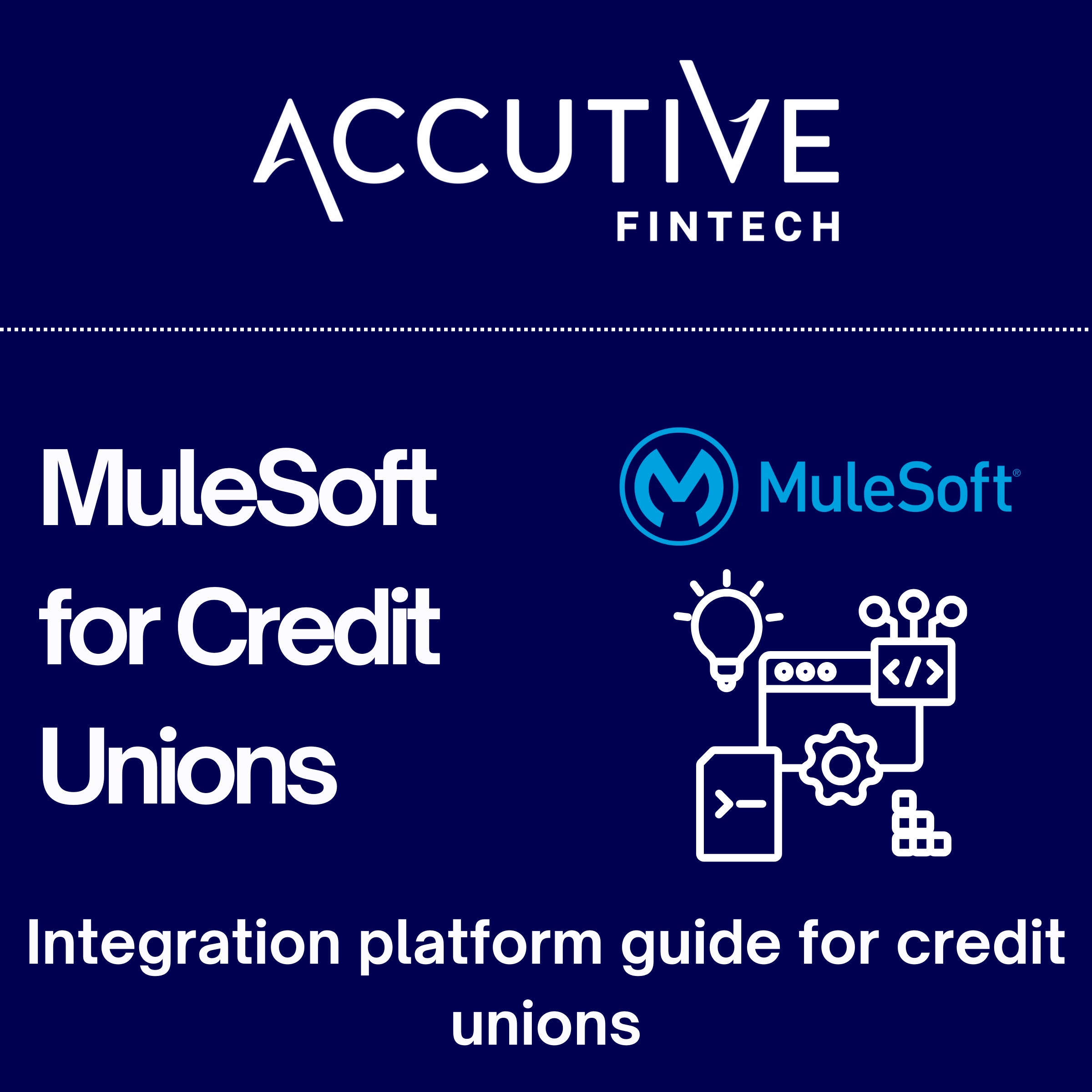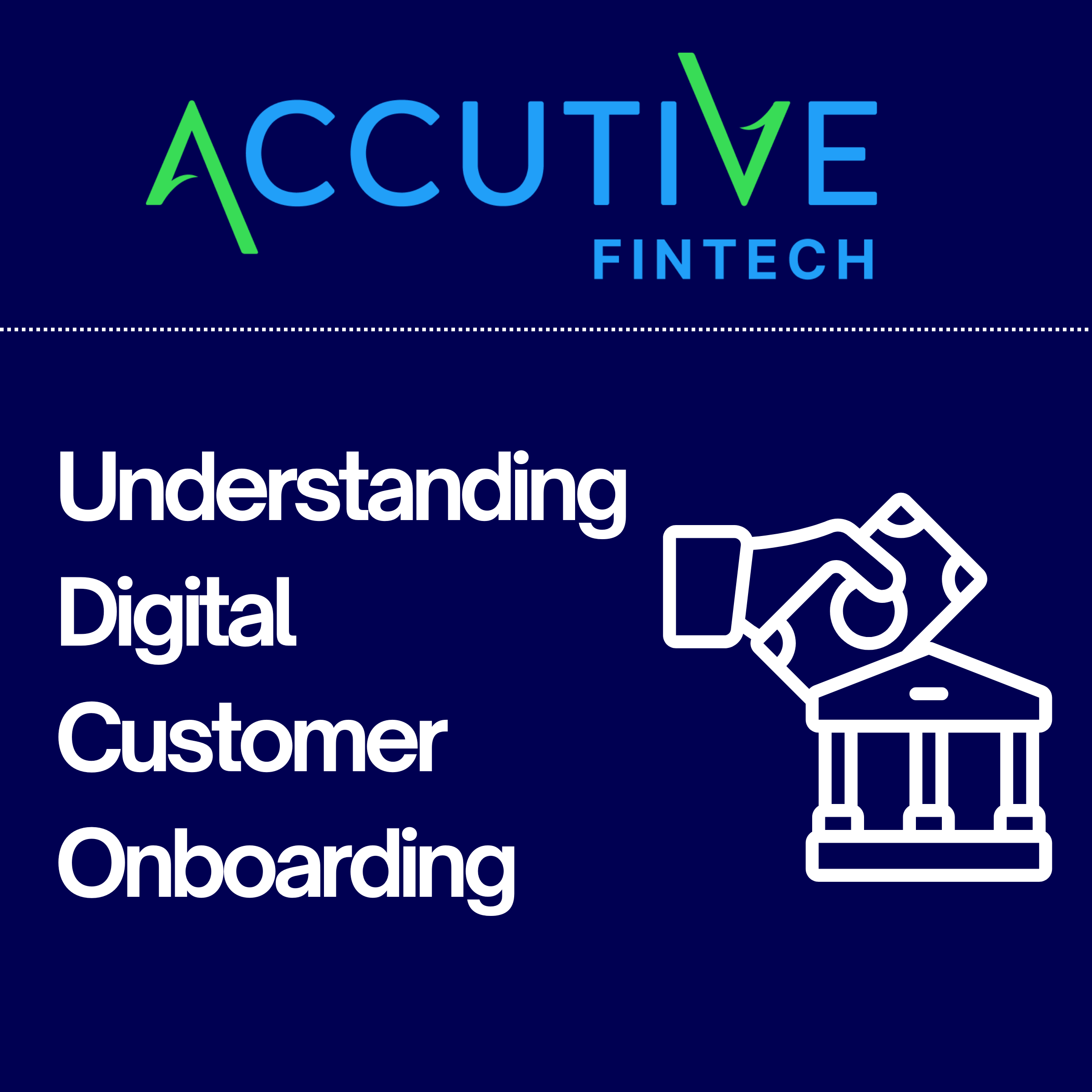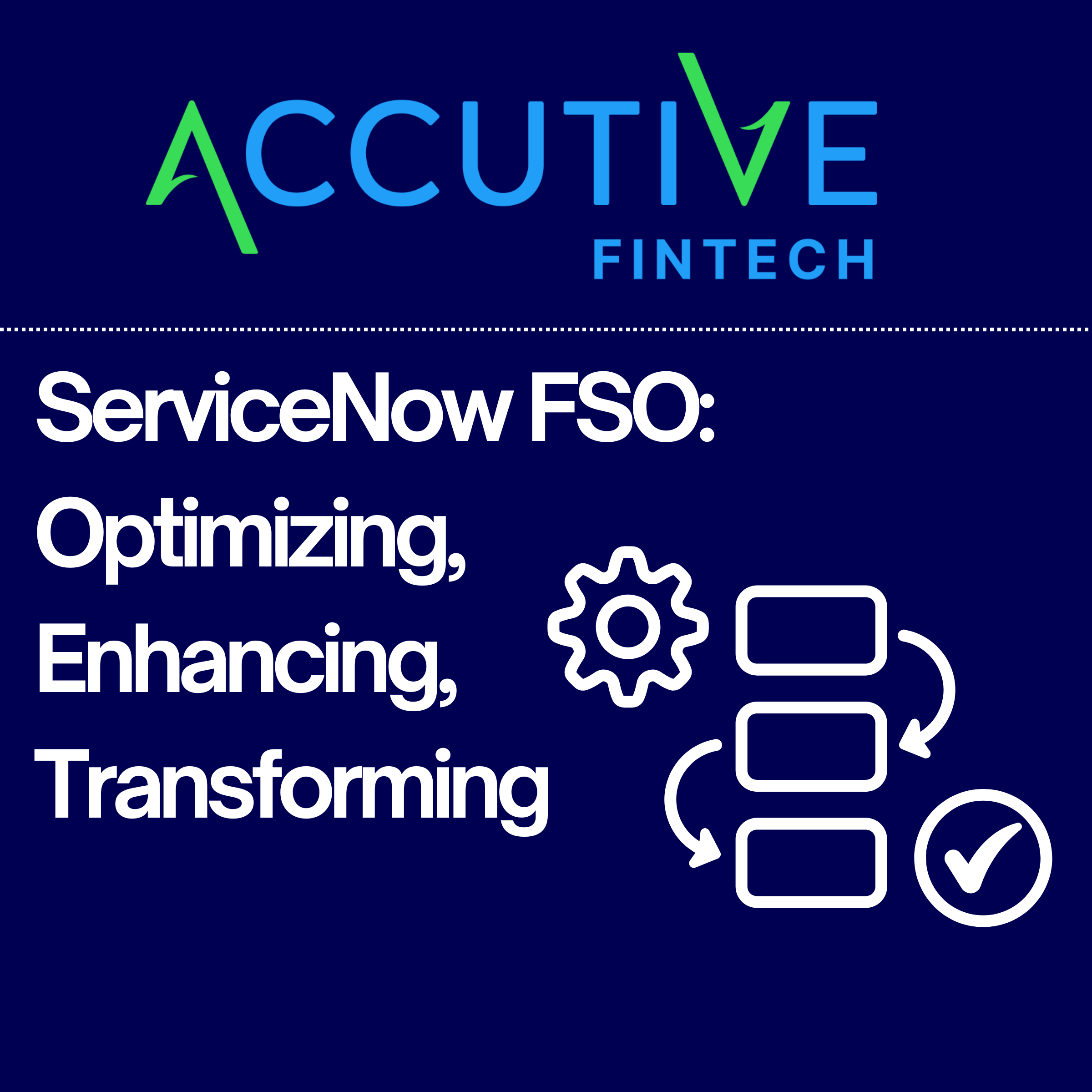After a pandemic-induced slowdown, the financial services industry is experiencing a resurgence in mergers and acquisitions (M&A), driven by the need for economies of scale, expanded market reach, and enhanced technological capabilities. While these consolidations offer significant opportunities for market growth and improved service for customers and members, they also pose significant challenges and risks.
One of the most significant challenges is technology integration. Unfortunately, many financial institutions enter into merger and acquisition agreements without a concrete plan or strategy for technology integration. With a strong technology integration plan and the right platforms, your bank or credit union is much more likely to realize the benefits of consolidation.
The Crucial Role of Technology in M&A Success
Despite the incredibly high stakes, a staggering number of M&A deals fail to achieve their objectives. Research indicates that up to 90% of mergers fall short of expectations, with inadequate technology integration often cited as a primary factor. A study by MuleSoft and PwC revealed a concerning trend: 79% of organizations lacked a defined integration strategy at the time of signing an M&A deal, and 63% had no technology plan in place.
Instead of using a modernized integration platform, many financial institutions rely on outdated legacy integration models, resulting in a complex web of custom code connecting disparate systems. While this approach might suffice for smaller acquisitions, it becomes increasingly unsustainable and costly as the number of applications grows. Custom-built integration frameworks are often fragile, complex, and difficult to maintain, hindering long-term agility and scalability.
MuleSoft for Mergers and Acquisitions: API-Led Integration
Although custom integration may be necessary in some edge cases, an integration platform as a service (iPaaS) should be the foundation of most M&A-driven technology integrations. There are several suitable iPaaS platforms, with MuleSoft serving as the market leader in the financial services industry.
MuleSoft’s composability strategy utilizes standardized, reusable building blocks – APIs – to construct new experiences, products, and services. MuleSoft’s API-led approach is particularly suitable for integrating the systems from two or more organizations. The sheer volume of integrations for most M&A means that eliminating the need for custom coding and reusing APIs with an iPaaS like MuleSoft can save weeks, or even months of work.
The MuleSoft Approach to API Integration
MuleSoft facilitates API integration through its Anypoint Platform, a unified solution that enables organizations to connect applications, data, and devices across on-premises and cloud environments. MuleSoft uses a layered architecture with three tiers of APIs to ensure seamless data flow, reusability, and visibility. Here are the three levels of APIs and how they work together to build integrations:
- System APIs: These APIs provide secure access to core systems of record, including core banking systems, databases, and crucial customer information systems. They expose granular data and functionality from these systems, allowing other applications to interact with them in a controlled and standardized manner. Think of them as the foundation of your integration architecture, providing the raw materials for building more complex processes.
- Process APIs: Process APIs encapsulate and standardize key business processes, decoupling them from the underlying systems. This allows for greater flexibility and efficiency, as processes can be modified or reused without impacting the underlying systems. For example, a “customer onboarding” process API could orchestrate calls to multiple system APIs (account creation, KYC verification, etc.) to streamline the onboarding workflow.
- Experience APIs: These APIs reconfigure data from System and Process APIs into a format that is optimized for specific channels or user experiences. This ensures a consistent and user-friendly experience across all touchpoints, whether it’s a mobile app, a website, or a partner portal. For example, an Experience API could aggregate data from various sources to provide a single, unified view of a customer’s account information for a mobile banking app.
By layering these three types of APIs, MuleSoft enables organizations to build integrations that are:
- Modular and Reusable: Each API performs a specific function, making them easy to reuse and combine in different ways to create new applications and services.
- Flexible and Adaptable: Changes to underlying systems or business processes can be made without impacting other parts of the integration architecture.
- Scalable and Performant: The layered approach ensures that integrations can handle increasing volumes of data and transactions.
- Secure and Governed: APIs can be secured and managed consistently across the organization, ensuring compliance with regulatory requirements.
This structured approach to API integration is particularly valuable in the context of M&A, where organizations need to integrate disparate systems quickly and efficiently while minimizing disruption to business operations.
Systems, Processes, and Experience: Keys to a Successful Banking Consolidation
MuleSoft’s three tiers of APIs (System, Process, and Experience) directly support the three critical aspects of integration that are essential for a successful merger or acquisition in the financial services industry. To ensure a smooth transition and maximize the benefits of consolidation, you must effectively integrate and unify the following:
- Systems: At the technology level, the systems between the merging entities should be unified or at least seamlessly connected. Platforms for critical functions such as core banking, loan origination, and digital banking need to be integrated to avoid disruptions and inefficiencies for both employees and customers. This involves connecting disparate databases, applications, and infrastructure to create a cohesive IT environment.
- Processes: Beyond simply connecting systems, it’s crucial to harmonize and optimize business processes across the merged organization. This includes standardizing workflows, eliminating redundancies, and streamlining operations to improve efficiency and reduce costs. For example, integrating customer onboarding processes from both organizations into a single, unified workflow can significantly enhance the customer experience and reduce operational overhead.
- Experience: Ultimately, the success of an M&A hinges on creating a positive experience for all stakeholders, including employees and customers.
- Employees: A seamless transition for employees is paramount. It’s important to avoid common integration pitfalls such as duplicated work, forcing employees to navigate multiple systems, or introducing convoluted processes. These issues can lead to frustration, decreased productivity, high employee turnover, impaired service delivery, and operational errors.
- Customers: A seamlessly connected experience can help maximize customer retention throughout the transition. Like employees, customers want to avoid having to use duplicative systems or navigate inconsistent processes. This means ensuring a consistent brand experience, providing unified account access, and minimizing disruptions to existing services.
Achieving Synergy: The Importance of a Holistic Approach
The integration of systems, processes, and experience should not be treated as separate initiatives but rather as interconnected components of a holistic M&A strategy. By addressing all three areas effectively, financial institutions can achieve true synergy from their mergers and acquisitions, resulting in:
- Increased efficiency and cost savings
- Improved customer satisfaction and retention
- Enhanced employee productivity and engagement
- Accelerated growth and innovation
MuleSoft’s Anypoint Platform, with its API-led approach and layered architecture, provides a powerful framework for achieving this holistic integration and maximizing the value of M&A transactions in the financial services industry.
Addressing Security and Compliance in the M&A Landscape
Security and compliance are non-negotiable in the financial services industry. During M&A, acquiring companies must diligently assess the target’s security posture and compliance programs. MuleSoft’s Anypoint Platform provides a flexible, API-led architecture that supports various security and compliance operating models. With automated API security features and the ability to enforce best practices, institutions can safeguard sensitive data and maintain compliance even as connectivity expands.
Here’s how Anypoint Platform helps address security and compliance during M&A:
- Unified Security Policy Enforcement: Apply consistent security policies across all integrated systems, ensuring that sensitive data is protected regardless of its origin or destination.
- Centralized Access Control: Manage user access and permissions across the integrated environment, reducing the risk of unauthorized access and data breaches.
- API Security Best Practices: Implement API security best practices, such as OAuth 2.0 for authentication and authorization, and OWASP guidelines for vulnerability mitigation.
- Compliance Monitoring and Auditing: Monitor API usage and activity to ensure compliance with industry regulations, such as PCI DSS, GDPR, and GLBA.
- Data Masking and Encryption: Protect sensitive data in transit and at rest using encryption and data masking techniques.
- Threat Protection: Utilize Anypoint Platform’s threat protection capabilities to detect and prevent malicious activity, such as DDoS attacks and API abuse.
By leveraging these capabilities, financial institutions can confidently integrate systems during M&A while maintaining the highest security and compliance standards.
The Benefits of an API-Led Integration Strategy
- Speed: Accelerate development and delivery timelines by leveraging reusable assets and best practices from an API marketplace. An Omdia study showed a 57.1% faster development speed using MuleSoft. This allows for quicker integration of systems and faster realization of M&A benefits.
- Security: Empower teams with secure API access, centralized management, and robust governance. This can lead to a 74.2% reduction in maintenance costs, according to Omdia. A secure API strategy reduces the risk of data breaches and ensures compliance with industry regulations.
- Agility: Integrate systems regardless of their location, enabling the rapid creation of new synergies and facilitating future M&A activities. Omdia reported a 49.1% integration and API reuse rate with MuleSoft. This flexibility allows institutions to adapt quickly to changing business needs and integrate new systems as they grow.
Key Capabilities for M&A Success
To ensure a successful M&A transition, your technology integration strategy should prioritize:
- Accelerated IT Delivery: Increase development speed and efficiency to maximize value creation. This involves streamlining development processes, automating tasks, and leveraging reusable components.
- Security and Regulatory Risk Management: Maintain a strong security posture and ensure compliance with industry regulations. This requires implementing robust security measures, conducting regular audits, and staying abreast of evolving compliance requirements.
- Increased Agility and Future-Proofing: Adapt to evolving business needs, integrate new systems, and support future M&A activities. This means building a flexible and scalable integration architecture that can accommodate future growth and changes.
Accutive FinTech: Your Partner in Navigating M&A Complexity
Accutive FinTech is a MuleSoft Certified Partner with extensive experience guiding financial institutions through complex integrations, using iPaaS platforms and building custom integrations. Our comprehensive services include:
- Technology Integration Assessment and Planning: We conduct a thorough evaluation of your existing technology infrastructure and develop tailored integration strategies aligned with your specific business objectives.
- Data Migration and Management: Our data experts ensure the secure and efficient migration of sensitive customer data, minimizing downtime, preventing data loss, and ensuring continual compliance.
- API Development: We design, develop, and deploy APIs that adhere to industry best practices and security standards, ensuring seamless connectivity between your systems.
- MuleSoft Implementation and Support: We provide expert guidance and support for implementing and managing MuleSoft Anypoint Platform, including integration, customization, and ongoing maintenance.
- Custom Integration Solutions: When necessary, we develop custom integration solutions to address unique business requirements or integrate legacy systems that lack API support.
With Accutive FinTech as your partner, you can confidently navigate the complexities of M&A integration and achieve a successful consolidation that delivers maximum value for your organization.








